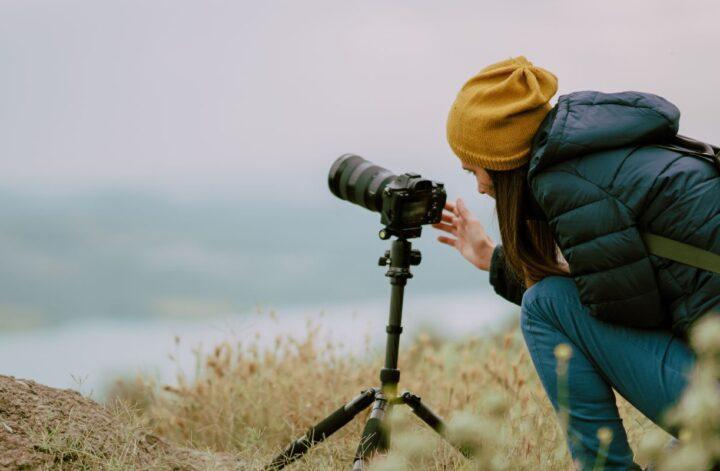Wildlife photography demands a thorough understanding of your camera and lenses. Knowing how to use various settings allows you to adapt quickly to changing light conditions. For example, understanding how to adjust the ISO can maintain image quality even in low-light situations.
Additionally, using natural light effectively can enhance the textures and details of animal fur or feathers. Always make sure to familiarize yourself with your equipment to capture those fleeting moments. Keep reading as we explore more nature photography tips to create beautiful, captivating wildlife images with just a click.
Patience and Preparation Are Key
Successful wildlife photography is often the result of careful planning and unyielding patience. Researching the habits and habitats of your target species is crucial for getting the best shots.
For instance, when photographing wild caribou, knowing their feeding times can help you position yourself at the right place and time. Be ready for the unexpected, and keep your camera prepared for action. The more you understand your subject, the better your photos will be.
Approach Wildlife With Care
Getting closer to wildlife without causing a disturbance is a skill every nature photographer should master. Maintaining a respectful distance and using natural cover can help you get intimate shots without spooking the animals.
Approach large animals, like wild caribou, from downwind to avoid your scent being detected. Use the environment to blend in, and always prioritize the animals’ well-being over getting the perfect shot.
Capture the Essence of Wildlife Behavior
One of the most rewarding aspects of wildlife photography is capturing natural behaviors. To do this effectively, you need to predict the actions of your subjects based on their known behaviors.
Framing your shots to include elements of the natural habitat can add depth and context. For instance, capturing a bird in mid-flight requires anticipating its takeoff and positioning yourself accordingly. Use composition techniques like the rule of thirds to create dynamic and engaging photos.
Enhance Your Work Through Post-Processing
Post-processing is an essential step in bringing out the best in your wildlife photographs. Adjusting exposure, contrast, and saturation make your images more vivid and lifelike.
For example, enhancing the shadows and highlights can add dimension to a photo of wild caribou against a snowy backdrop. Sharing your work on social media platforms or photography forums can inspire others and provide valuable feedback on your skills.
Mastering your equipment, preparing meticulously, approaching wildlife with care, capturing genuine behaviors, and enhancing your photos through post-processing is key to captivating wildlife and nature photography. By applying these tips, you can elevate your photography and capture the beauty of nature in its purest form.
Now, grab your camera and venture into the wild. Your next great shot is waiting to be discovered.



